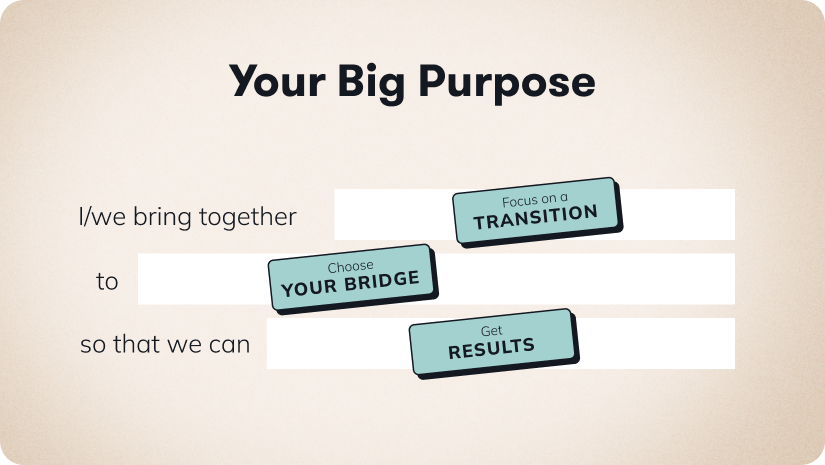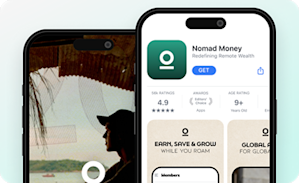Communities & Memberships
How to Create a Slack Community That Rocks in 2025
If you’re thinking about bringing people together on Slack, we’ll talk you through the steps!
Author
Last Updated
July 31, 2025

If you’ve ever thought about building an online community, and done a deep dive into which online community creator is right for you, there’s a chance you’ve stumbled across Slack.
No longer the boring stuff of remote office connections, people are getting on Slack for more than just planning their team’s work. In fact, the forum function of Slack means that some are turning to it as an option for building an online community.
While it’s not the only option, probably not even the best option, for many online community builders, in this article we’ll talk about how to build a Slack community. We’ll walk through who Slack communities are for and who should avoid them, some advantages and disadvantages, and we’ll tell you how to start a Slack community in 7 steps.
If you want more support in building your online community, come join OUR Mighty Community for free and meet other new and established community owners! We’d love to meet you. Join for free!
What is a Slack community?
Like the name suggests, a Slack community is a community of people who come together on the app, Slack. Because of the app's popularity in the business world, a lot of people are used to using Slack for remote work. And because of its popularity in the remote office, more and more people are using Slack to build communities that aren’t about work.

Whether it’s for writers, creatives, sharing fitness tips, or entrepreneurs swapping marketing tips, Slack is taking on a new life as a basic community software.
A Slack community functions as a simple discussion forum, with different channels helping to organize separate conversations for specific subgroups.
Try Our Community Name Generator
Our AI engine is here to help you create a community name that feels like magic. Just share a few words about who your community is for and we’ll get to work.
Examples: coaching clients, meditation novices, vegan chefs, dog lovers, aspiring entrepreneurs, etc.
The names generated by Mighty Co-Host™ are examples only and may be used by other businesses or subject to third-party rights. For more information, check our Terms
Who should start a Slack community?
There are a lot of options when it comes to creating and hosting your online community. So the question is, what type of communities should be on Slack?
Well, it must be said that Slack is pretty basic. It's a forum.
For some people, this might be just the ticket to run their online community. But for those who want additional features like courses, live streaming, analytics, and monetization, you are probably better off choosing a platform that will let you do all of these things.
Who shouldn’t start a Slack community?
While Slack can be a great place to build a discussion board, if you’re looking to build a business around your community, which could include things like charging for memberships or selling online courses, a Slack community is probably not the right choice.
Slack is too limited to really be useful for more than a discussion forum and chatting, so if you’re looking to build something more you’d be better off choosing an all-in-one community platform that lets you do everything Slack does PLUS build a business.
Advantages of a Slack community
Easy to use
Popular interface
Great apps
Good discussion organization
Disadvantages of a Slack community
Limited features
No monetization
No course platform
Can be expensive (for what you get)
How to create a Slack community?
1. Choose your theme & ideal member
The first step in building a community should always be to figure out what the community is actually about. To do this, we teach a process we call Community Design™ that helps you think it through.
While there’s too much to go into here, thinking through your community niche and your unique perspective is definitely the place to start in designing any online community.
One great strategy is to create an avatar of an “ideal member” for your community. And the best place to begin in choosing an ideal member is by interviewing 20-30 potential members to learn about their pain points, what they get excited about, and how you could help.
Once the interviews are done, you can create a Big Purpose Statement – which looks like this:

2. Pick your plan
Once you’ve done the background work to figure out what your community will be about, and if you’ve decided that Slack is the place to host it, the next step is to choose the right plan for you to power your community.
3. Set up your channel
Once you’ve chosen your plan, you can start the process of setting up your channel. Make sure to begin by building your profile and you can add any channels you need. Channels can be public or private, and are a way to organize conversations between your Slack members.
At this point, you can also customize your notifications and just basically get your community all shined and polished and ready for your first members!
4. Invite your members
To invite people to your Slack team, you’ll need to start with their email address. You fill in the email and user’s name, select which channels they have access to, and hit send. Slack will take care of the rest.
5. Start your conversation
Once you’ve got people in your community the real fun can start. It’s time to get your discussion going! You can create prompts, ask questions, and share your own content to get things moving.
Here are a few tips for getting the conversation going:
Have a “member spotlight” post
Have an “intros” channel, OR a post that includes what members need/can offer
Have weekly themes so that members know what’s coming. Consistency helps! (e.g. Motivation Monday)
Assign some of your early adopters or more keen members to be conversation starters or moderators – empowering the conversation to move beyond YOUR input.

6. Assess & learn
Once your community is up and running, you can assess and learn from your experiences. What’s working? What isn’t? Make sure to keep an open line of communication with members to find out what they love and hate.
If you’ve done the Community Design™ process (we even have a Community Design Accelerator), you've got a great framework for community longevity. You’ll learn a process we call the Year in the Life. Your Year in the Life is a vision for where your members will be in a year if they join your community. As part of the exercises, you’ll also develop monthly and weekly content.
Doing the Community Design™ process will pay off big time once you move past the first few months of your community, and it will help you keep focused on long-term growth and success.
7. Grow your Hosting skills
Last, but definitely not least, you can grow your own community hosting skills. As you learn and grow as a Host, you’ll get better at leading your community!
And what better way to grow your skills as a Host than to join our FREE community of amazing Mighty Network Hosts who LOVE the work they do and are working hard to build great communities. You’ll meet people just like you who are getting started as well as veterans on the community-building journey.
Plus, we’ve got a ton of great free events and resources dropping all the time to help you grow.
Conclusion
If you’ve done these steps, you’ve got your Slack community up and running. Congratulations! We hope it’s a huge success.

And if you’re interested in checking out a more comprehensive community platform that lets you charge for membership, build amazing content, create courses your members will love, charge for premium subgroups, and so much more, give Mighty Networks a try for free and see what you could build with it!
Ready to start building your community?
Ready to start building your community?
Start a free 14-day trial to explore Mighty—no credit card required.
More like this
Join Mighty Community
Learn the principles of Community Design™ (and see them in action) alongside thousands of creators and entrepreneurs. It's free to join!

Online Courses
Creating a Course
Teaching a Course
Course Platforms
Selling a Course
Communities & Memberships
Community Platforms
Managing a Community
Building a Community
Growing a Community
Monetizing a Community
Content Creation
Creators & Entrepreneurs
Monetization
Content Creation
Starting a Business
Website Builders
Creating & Managing a Website
Events
Event Platforms
Hosting & Marketing Events
Branded Apps
Creating a Mobile App
Coaching Apps
Community Apps
Coaching
Mastermind Groups
Starting a Coaching Business
Coaching Platforms
Filter by Category
Online Courses
Communities & Memberships
Creators & Entrepreneurs
Events
Branded Apps
Coaching
Build a $1 Million Community
This free masterclass went viral—sign up to learn why.

























